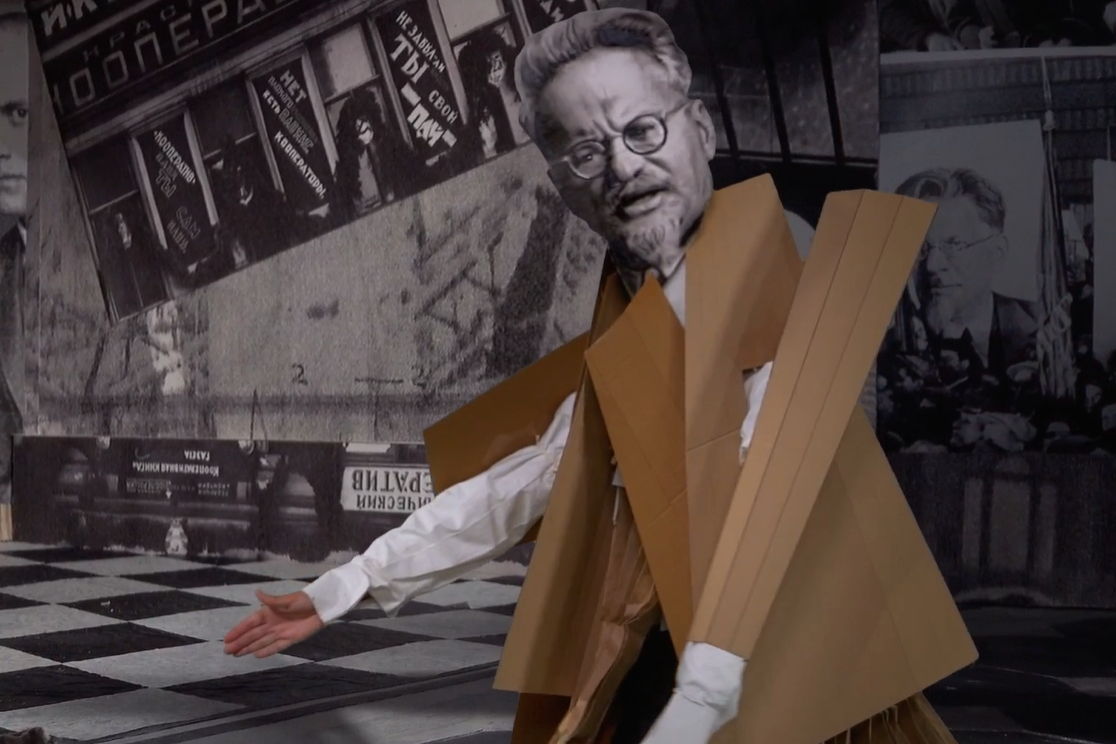William Kentridge returns to Barcelona with a film tribute to Shostakovich
South African artist presents 'Oh to Believe in Another World' at Liceu Theatre, exploring Soviet history through the life of the Russian composer

South African artist William Kentridge returns this weekend to Barcelona's Liceu Theatre to present his film 'Oh to Believe in Another World.'
Kentridge has created this film as a visual accompaniment to the 10th Symphony of Soviet-Russian composer and pianist Dmitri Shostakovich, under the direction of Catalan conductor Josep Pons.
The visual artist, one of the most important of our time, returns to the Catalan capital for the third time after his acclaimed production of Alban Berg's 'Wozzeck' two years ago.
This time, he pays tribute to Shostakovich, who composed this symphony shortly after Stalin's death. The work reflects on Stalin's rule, serving as a musical portrait of the former Soviet premier.
"The piece becomes a way of looking at the political life in which Shostakovich was writing. Because what remains after 70 years is Shostakovich - he outlasted everyone, and his music continues to survive long after his death. It’s important to remember the context in which it was created," Kentridge said.

The film is an animated work set in an apparently abandoned Soviet museum, constructed from cardboard, and situated on a desk in an artist’s workshop.
Combining stop-motion animation and dynamic drawing techniques, the film takes us on a journey through different rooms of the museum, each representing different periods of Soviet history.
There are seven main characters in the story: Lenin, Trotsky, and Stalin, as well as Shostakovich himself and his student Elmira Nazirova, with whom he collaborated on this work, alongside poet Vladimir Mayakovsky and his lover.
"Mayakovsky represents the optimism of the early Russian Revolution, and his suicide in the 1930s marks the end of all the opportunities and hope the revolution could offer to artists," Kentridge remarked.

Kentridge explained that he did not need to communicate directly with conductor Pons for this piece, as the film has a certain "flexibility" that allows the conductor to be independent of the visuals. Therefore, while the film follows the orchestra, the orchestra is not bound to follow the film.
"The person operating the video has the score, watches the conductor, and knows that at a particular tempo, at a specific bar, this image needs to appear. So there are pauses, dissolves, and loops, allowing different conductors to interpret it their way while keeping it together," he said.
Kentridge also mentioned that the film "echoes" the current war in Ukraine, though it is not a "direct" reference.
He explained that while "the heart" of the film was created before Russia's invasion of Ukraine, he included elements from World War II that resemble current events.
The artist also criticized many orchestras for ceasing to perform music by Russian composers after the invasion of Ukraine, describing this as a "very short-sighted view" of both music and history.